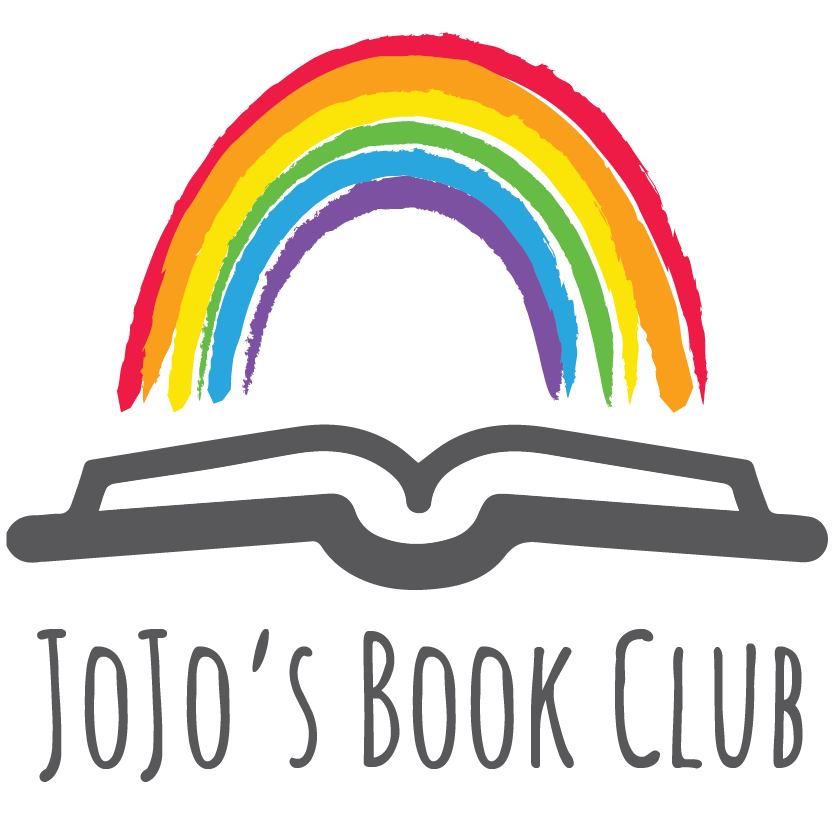Kanahena: A Cherokee Story
“‘Strange’ thought Terrapin’s friend. ‘Strange’.”
“Kanahena,” by Susan L. Roth is a retelling of a Cherokee tale about Terrapin (currently known as turtle) and how he outsmarted Bad Wolf and his wolf friends. This book is a story within a story. In it, a little girl sits to listen to an older woman share the legend of Terrapin while she prepares a dish of Kanahena. By the time the story is finished, so is the meal. The story ends with a recipe for families to try at home.
“Kanahena”, and books like it, honor the prominence of storytelling in Native culture. It is one way that we can learn about current Native life and the values of some tribes. However, storytelling is not exclusive to Native communities and it should be mentioned that storytelling in Native culture is prone to being romanticized and stereotyped in pop culture.
There are many ways to counter this narrow representation of native life. One is to recognize that many families and communities engage in storytelling. Storytelling is a part of the classroom experience, many bedtime routines, and recalling memories in everyday conversation. Storytelling is a powerful way to engage and share values, teach and inspire those around us. The stories we share build connections between people. The stories we share become evidence of the culture, history, and values that unite us.
So what values does the book “Kanahena” convey to those who read it? Is it the importance of being humble? Is it about using your wits? Is it the value of loving relationships between generations? Yes. Probably all those and more depending on your experience with it.
Reading “Kanahena” could be an introduction to the idea that although the book appears to place the main characters in the past, Cherokee people exist today and there are many many tribes of Native people. This is the trouble with many of our experiences with books about Indigenous people. According to the Bureau of Indian Affairs (BIA), there are currently 574 federally recognized tribes. Each is recognized as a separate nation with its own history, customs and identity. But do we know them?
While covering the election, CNN’s shared an on-air graphic that used the phrase “something else” to refer to voters who are not white, Latinx, Black or Asian. “Something else” clearly referred to Native and Indigenous American voters and is the type of language that continues the efforts to erase Indigenous identity. We have discussed here the importance of learning and using someone’s name - what if more of us applied that to the nations of people who are essentially being erased in this way?
Looking at the past and history of Indigenous people is fine unless it ignores their current existence. Many times we have encountered negative and limited representations of what it means to be Indigenous in America. The season of the Thanksgiving holiday is often the only time Native people hold the spotlight, but their experiences are woefully represented. Their lives and experiences are worth learning about and celebrating. Their stories are incredible. We hope to promote that concept through our book choices this month and in the coming months. It is beyond time to change this narrative.
Teachers
Check the books on your shelf. Do you have books that represent present-day Indigenous life? Do your stories come from authors who are Native American? Seek out fresh perspectives from your library. (Hint: we give lots of suggestions for you to check out!)
When addressing Thanksgiving, please don’t put Indigenous people’s experiences and culture purely in juxtaposition to the white settlers. Native lives and experiences are worth examining and celebrating. There are endless resources to support this. We highly recommend using https://www.tolerance.org/ for lesson planning, professional development and current articles on Indigenous life.
Some Things to Think About…
What do you think about Terrapin taking Bad Wolf’s ears for spoons?
Why do we tell stories? What stories are your favorite to listen to and why?
What special foods does your family eat together?
Activity Idea: Take time to learn about Indigenous people near you. Here is an interactive map that can tell you more about the people in your community: http://www.native-languages.org/states.htm.
Using the recipe at the end of the book, make your own bowl of Kanahena. What ingredients or toppings do you add to make it your own?
